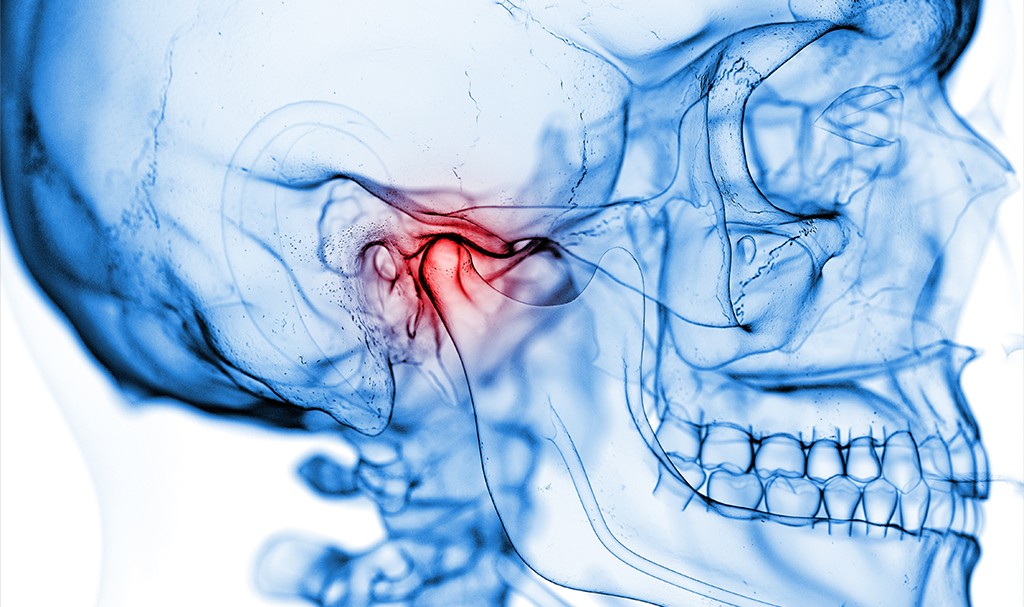A recent study, co-led by Associate Professor Kristin Cleverley of the Lawrence Bloomberg Faculty of Nursing, has discovered that Psychosis Spectrum Symptoms (PSS) are frequently present in young individuals seeking mental health services. The study, published in the journal Biological Psychiatry: Cognitive Neuroscience and Neuroimaging, examined a cohort of 417 youth aged 11-24 and found that 50% of them met the threshold for Psychosis Spectrum Symptoms, which was higher than expected. This indicates that a significant number of children with these symptoms are accessing mental health services.
One of the unique aspects of this study is its focus on identifying early indicators that could predict an individual’s risk of developing Psychosis Spectrum Disorder. Additionally, the researchers aimed to determine if there is a point at which earlier intervention for at-risk youth could be more effective. Currently, early psychosis care typically begins when there is a serious presentation of psychotic symptoms, which generally occurs during the late teenage years. The current approach to identifying children at risk of developing a psychotic disorder is only about 5% effective. However, this study aims to identify patterns or changes in function that could signal the need for earlier intervention.
Psychosis Spectrum Disorder is a debilitating condition that is associated with cognitive impairment, long-term disability, and higher rates of suicide compared to other mental illnesses. Even without a formal diagnosis of psychosis, Psychosis Spectrum Symptoms can significantly impact the well-being of young individuals.
The study is part of the Toronto Adolescent and Youth (TAY) Cohort Study, which will follow 1,500 youth over a span of five years. The main objectives of the cohort study are to gain a better understanding of the demographics of young individuals seeking mental health treatment, observe how their mental health symptoms and functioning change over time, and identify early predictors of psychosis spectrum disorder.
What sets this study apart is its patient-centered design, involving both patients and caregivers, as well as extensive engagement from clinicians. As part of the TAY Cohort Study, the youth have access to a patient-facing dashboard of their research results, which is integrated into their clinical records. This integration ensures that research assessments can immediately inform clinical practice, including decisions about interventions or services.
The longitudinal study will include follow-ups every six months and will allow researchers to track whether symptoms in these young individuals become chronic or episodic. They will also investigate if these changes are related to developmental milestones, environmental stressors, or changes in mental health services.
The primary goal of this research is to gain a better understanding of this population and identify new strategies that can complement existing methods for early identification of youth at risk of psychosis. Additionally, the study presents an important opportunity for graduate students and researchers to conduct sub-studies using this sample, which can further enhance our knowledge and improve mental health outcomes for young individuals.
*Note:
- Source: Coherent Market Insights, Public sources, Desk research
- We have leveraged AI tools to mine information and compile it

